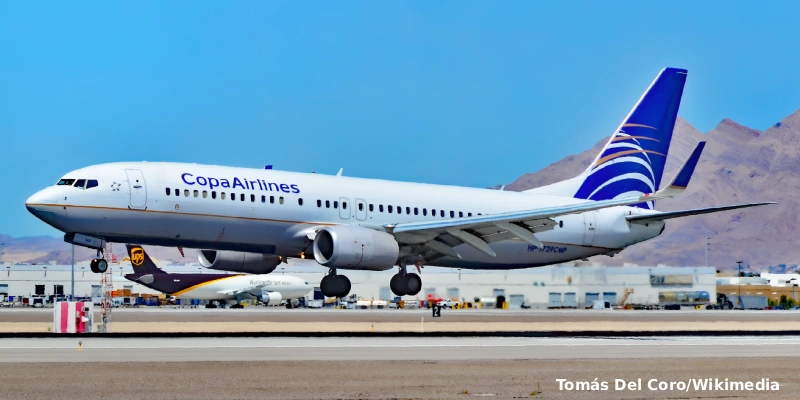Air Canada announced it will gradually resume operations this Sunday night, one day after the federal government issued an order to end the cabin crew strike that forced the cancellation of approximately 700 daily flights and left over 100,000 passengers stranded.
A Historic Strike at Air Canada
The protest, which began on Saturday, marked the first time since 1985 that the airline’s flight attendants walked off the job after months of failed negotiations over a new collective agreement.
The strike led to preemptive flight cancellations starting Friday, as the airline prepared for the imminent work stoppage.
Government Order to Restore Services
The Canadian Industrial Relations Board (CIRB) ordered both Air Canada and its subsidiary, Air Canada Rouge, to resume operations and ensure all cabin crew members returned to duty by 2:00 p.m. on Sunday.
The CIRB’s decision followed a directive from Labor Minister Patty Hajdu, who intervened to end the labor dispute and impose binding arbitration to break the deadlock in negotiations.
Notably, Air Canada had previously requested this same mechanism from the minority Liberal government of Prime Minister Mark Carney. However, the move was strongly opposed by the crew union.
→ SKY Airline and Air Canada Sign Interline Agreement
Key Controversial Points in Negotiations
The most contentious issue in the contract talks was the union’s demand for compensation during ground time between flights and while boarding passengers. Currently, flight attendants are paid primarily when the aircraft is in motion.
The Canadian Union of Public Employees (CUPE) had advocated for a negotiated solution, arguing that mandatory arbitration would reduce pressure on the airline to reach a fair agreement.
Temporary Agreement and Next Steps
In a statement released Sunday, Air Canada confirmed that the CIRB ruled the terms of the collective agreement expired on March 31 would remain in effect until a new deal is reached.
Although flights will begin resuming in the coming hours, the airline warned that cancellations would persist over the next 7 to 10 days as schedules stabilize and operations gradually return to normal.
Impact on Passengers and Gradual Recovery
The disruption affected tens of thousands of passengers on domestic and international routes, many of whom faced long waits and rescheduling challenges. The company assured it is working to minimize inconveniences and reorganize its flight network in stages.
With the government’s intervention, a critical period now begins in which both parties must seek a permanent resolution to the labor conflict without further compromising air operations.
Related Topics
LATAM Inaugurates Direct Flight Between Recife and Buenos Aires
LATAM to Cancel Lima-Tucuman Route Starting March 2026: These Are Reasons
Copa Airlines Resumes Flights Between Panama City and Maracaibo Starting December 20
Copa Airlines Extends Suspension of Flights to and from Caracas (Venezuela) Until January

Plataforma Informativa de Aviación Comercial con 13 años de trayectoria.




